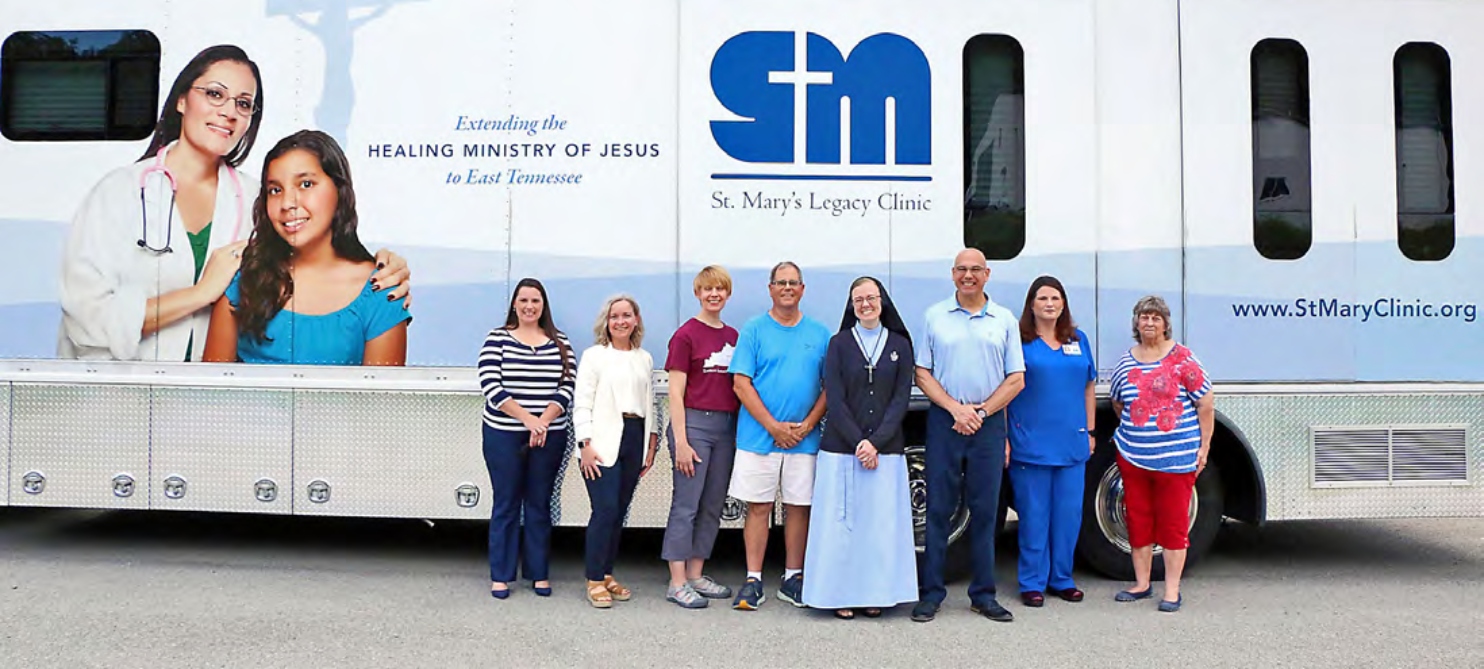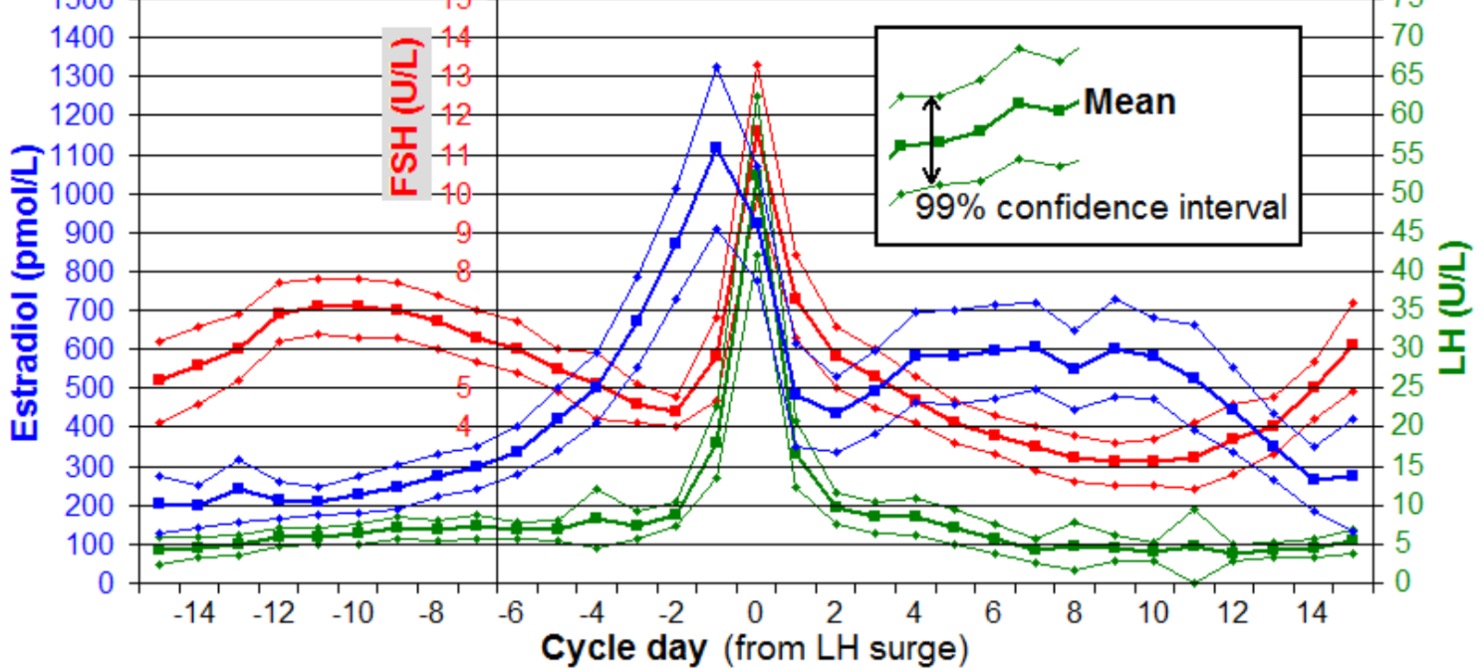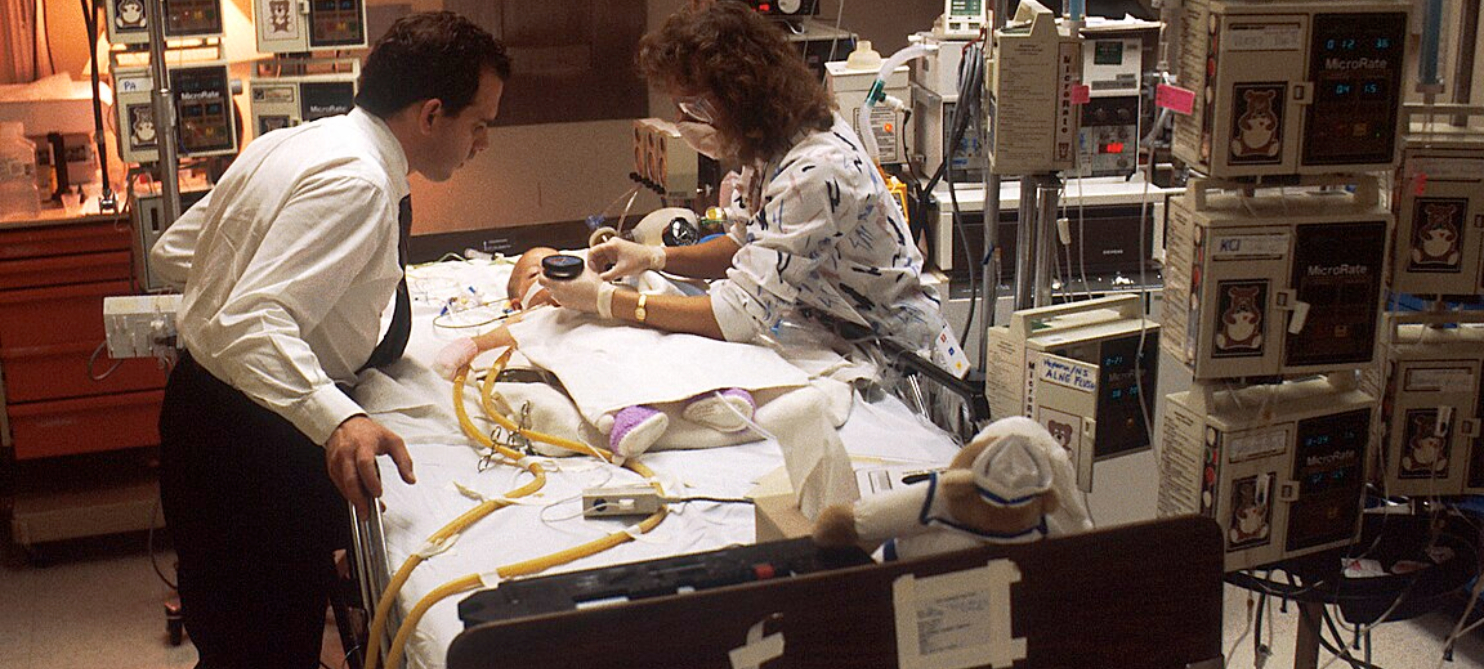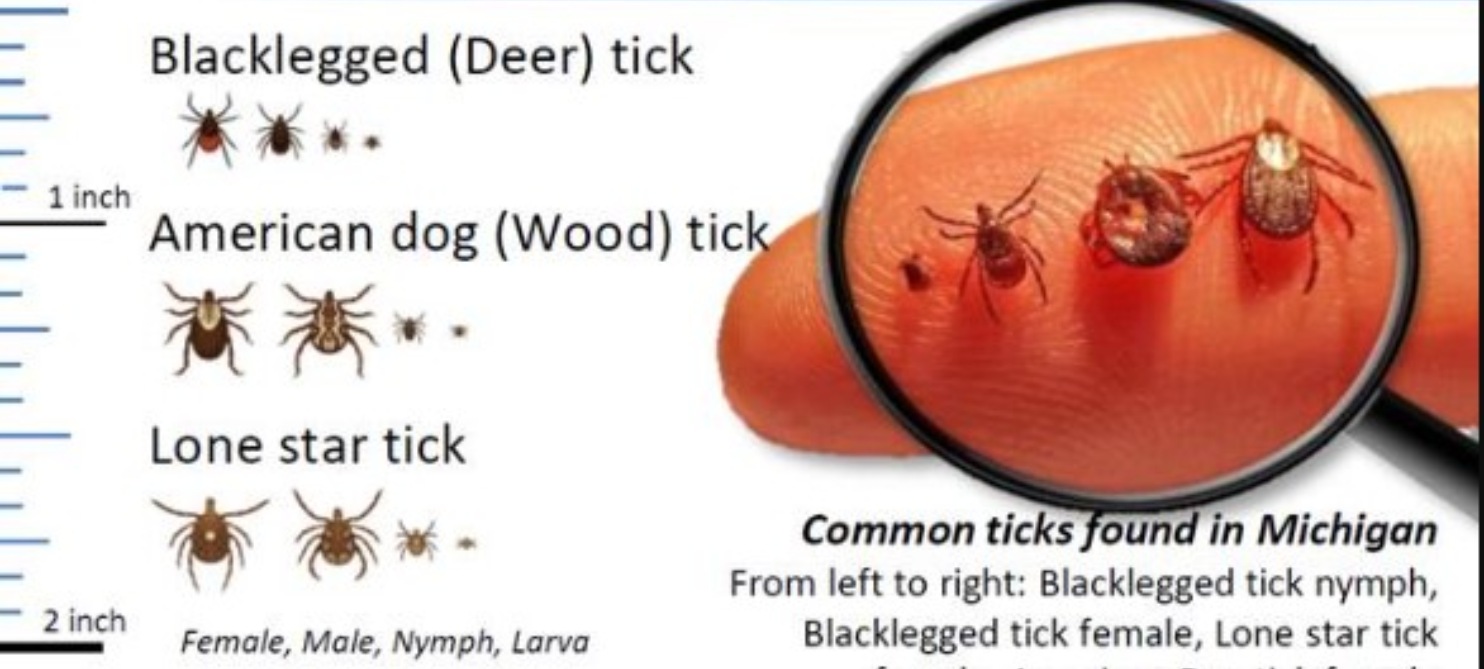February is Heart Awareness Month. Heart healthy living may be promoted by eating a healthy diet and getting plenty of physical exercise. This is true for everyone. Some people also have family histories of heart disease or genetic pre-disposition for heart disease. For people with these conditions, there are modifiable risk factors such as weight, dietary choices, and “therapeutic lifestyle changes.” With this post, we have included some great resources for heart healthy living.
Major types of heart disease are caused or even worsened by uncontrolled hypertension, high blood cholesterol, and smoking. Other conditions such as diabetes, being overweight, poor diet, lack of physical activity, and excessive alcohol use all contribute to major forms of heart disease which include coronary artery disease, heart attack, and heart failure.[i]
Want to avoid this type of broken heart?
See the American Heart Association Diet and Lifestyle Recommendations
- Maintain Weight and Exercise
- Use up at least as many calories as you take in.
- Start by knowing how many calories you should be eating and drinking to maintain your weight. Nutrition and calorie information on food labels is typically based on a 2,000 calorie per day diet. You may need fewer or more calories depending on several factors including age, gender, and level of physical activity.
- If you are trying not to gain weight, don’t eat more calories than you know you can burn up every day.
- Increase the amount and intensity of your physical activity to burn more calories.
- Aim for at least 150 minutes of moderate physical activity or 75 minutes of vigorous physical activity (or an equal combination of both) each week.
Regular physical activity can help you maintain your weight, keep off weight that you lose and help you reach physical and cardiovascular fitness. If it’s hard to schedule regular exercise sessions, look for ways to build short bursts of activity into your daily routine, like parking farther away and taking the stairs instead of the elevator. Ideally, your activity should be spread throughout the week.[ii]
Read More…
Heart-Healthy Living
https://www.nhlbi.nih.gov/health-topics/heart-healthy-living
Review these topics for Heart Healthy Living 
- Understand Your Risks
- Get Your Blood Pressure and Cholesterol Checked
- Choose Heart-Healthy Foods
- Aim for a Healthy Weight
- Manage Stress
- Get Regular Physical Activity
- Quit Smoking
- Get Enough Good-Quality Sleep
Learn more about physical activity in our Physical Activity and Your Heart Health Topic.
DASH Eating Plan
https://www.nhlbi.nih.gov/health-topics/dash-eating-plan
https://www.nhlbi.nih.gov/sites/default/files/publications/WES09-DASH-Exercise.pdf
https://www.nhlbi.nih.gov/sites/default/files/publications/WES09-DASH-Calories.pdf
Want to Learn more about heart disease?
Coronary Heart Disease
Heart Attack Due to Atherosclerosis[iv]
https://www.nhlbi.nih.gov/health-topics/coronary-heart-disease
What is Heart Failure?
https://www.heart.org/en/health-topics/heart-failure/what-is-heart-failure
Who is Saint Valentine?

NB: Saint Valentine was a Bishop and Roman martyr, not a mythical cupid. The Shrine of Saint Valentine at White Friar Street Church in Dublin, Ireland holds some of his relics.
Take a virtual tour of the Shrine of Saint Valentine

White Friar Street Church | Light a Candle | Add your prayer or petition
[i] “About Heart Disease.” Centers for Disease Control and Prevention. Centers for Disease Control and Prevention, September 8, 2020. https://www.cdc.gov/heartdisease/about.htm.
[ii] “The American Heart Association Diet and Lifestyle Recommendations.” www.heart.org. Accessed January 11, 2021. https://www.heart.org/en/healthy-living/healthy-eating/eat-smart/nutrition-basics/aha-diet-and-lifestyle-recommendations.
[iii] “Heart-Healthy Living.” National Heart Lung and Blood Institute. U.S. Department of Health and Human Services. Accessed January 11, 2021. https://www.nhlbi.nih.gov/health-topics/heart-healthy-living.
[iv] “Acute Coronary Syndrome and Heart Attack” YouTube. Nucleus Medical Media, February 2015. https://youtu.be/lT6sGV6YkDw.
[v] “Congestive Heart Failure: Left-sided vs Right-sided, Systolic vs Diastolic, Animation.” YouTube. Covenant Health – Nucleus Medical Media, September 12, 2017. https://www.youtube.com/watch?v=b3OHSA7Tz7U.
Posted February 2, 2021
























